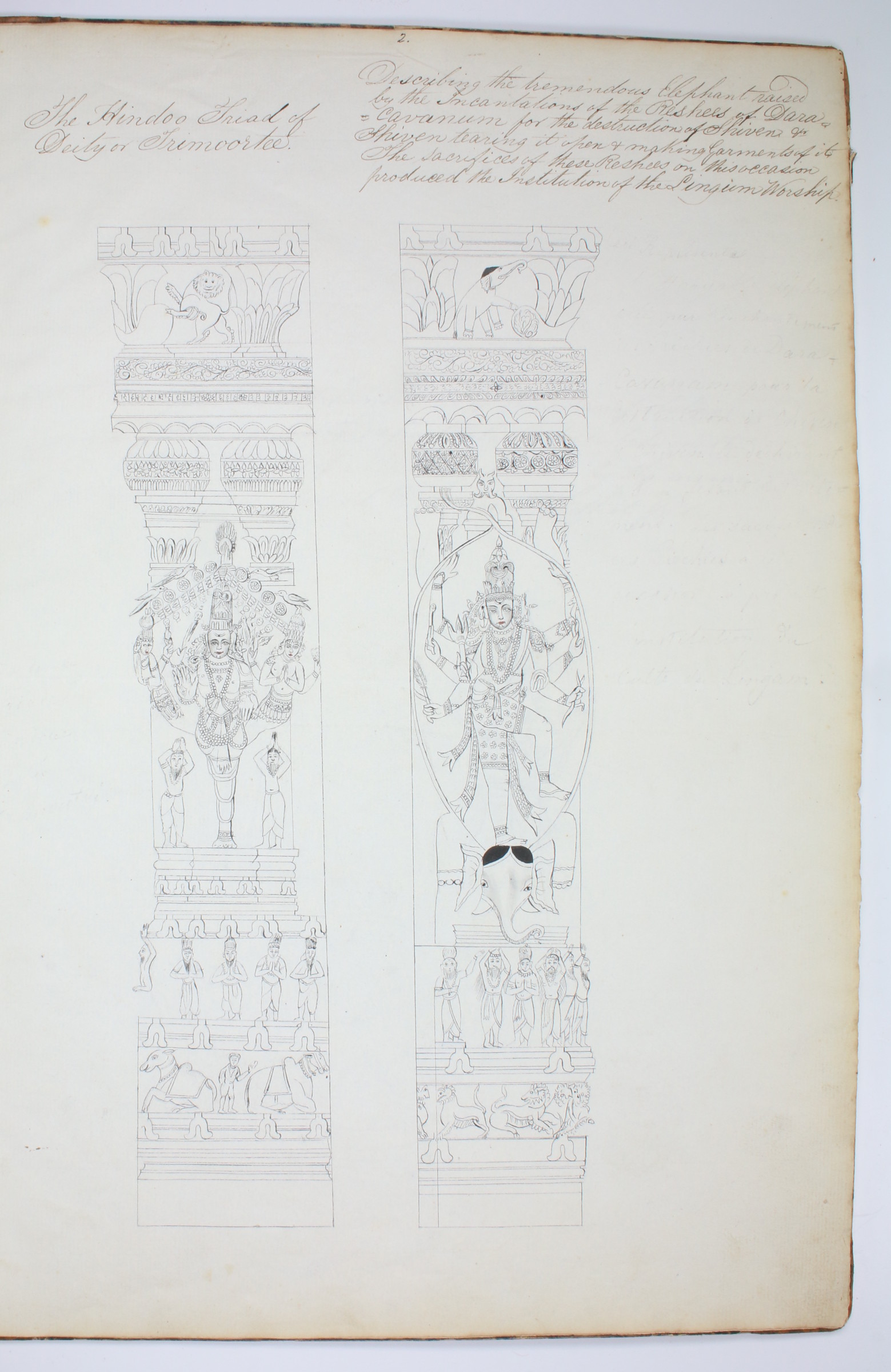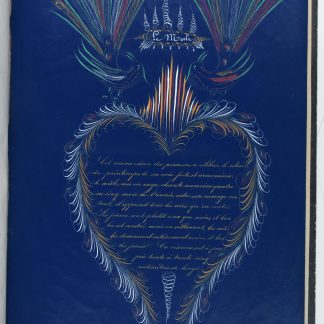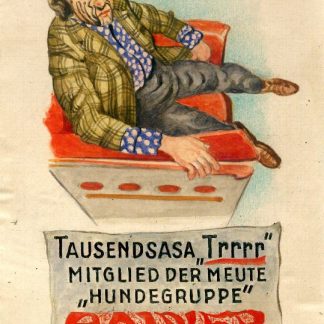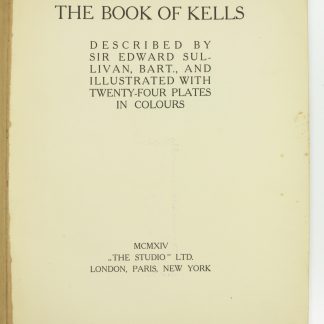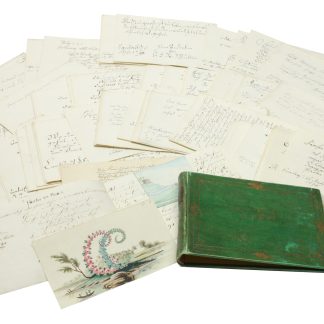Elaborate sketches of the Hindu temple complex at Madurai
[Drawings of the Arulmigu Minakshi Sundareshvara Temple].
Folio (280 x 404 mm). 17 ff. English manuscript on paper. Each leaf with original drawings in black ink and light touches of grey wash, the occasional hint of red ink. Captioned in different ink, and likely different hand than that of the artist(s). Contemporary leather-backed marbled boards.
Lavish original architectural drawings of Hindu temple statues and structures in Madurai, showing highly detailed sculptures of gods and goddesses, intricately carved pillars, shrines, and designs on ceilings. Captions are in a tidy English hand, and several refer to the "Pagoda at Madura", specifically Arulmigu Minakshi Sundareshvara Temple in the famous temple city of Madurai. Studies include "The Chief Shrine of Ghoca Lingam in the Pagoda of Madura, being the Lingam itself as the Sacred substitute of Shiven", "Shrine of Trinachy at Madura", and "Two different Representations of the Manifestations of Shiven on Earth as particularly described in the popular Poems of Madura known by the name of the Sixty four Sacred Diversions of that God". The latter references the seventh-century poem Thiruvilaiyadal Puranam, associated with Madurai.
Drawings such as these were part of a long British interest in the elaborate decorations of South Indian temple architecture, starting in the 1780s when a British physician named Adam Blackader supervised a series of drawings of Minakshi Sundareshvara Temple, specifically its famous hall of pillars. The British army officer Colin Mackenzie (1754-1821) continued this tradition by commissioning a similar series of drawings in Madurai between 1801 and 1805 (now in the British Library, shelfmark WD1063). They were completed not by the English but by local artisans, and sparked further interest in Madurai and the Minakshi Sundareshvara Temple in particular. Indeed, while the drawings herein can be dated by watermarks (1840 & 1841) to the early 1840s, they are closely alike to the drawings of 1801-05 and are either directly influenced by them or executed by working from the same model, carrying on an artistic tradition begun in the 18th century.
Light exterior wear. With later French pencil inscription on the front free endpaper dated to 1862, erroneously attributing these drawings to Mackenzie's project, and remnants of later French pencil translations of the English text, largely erased. Quite well preserved.











